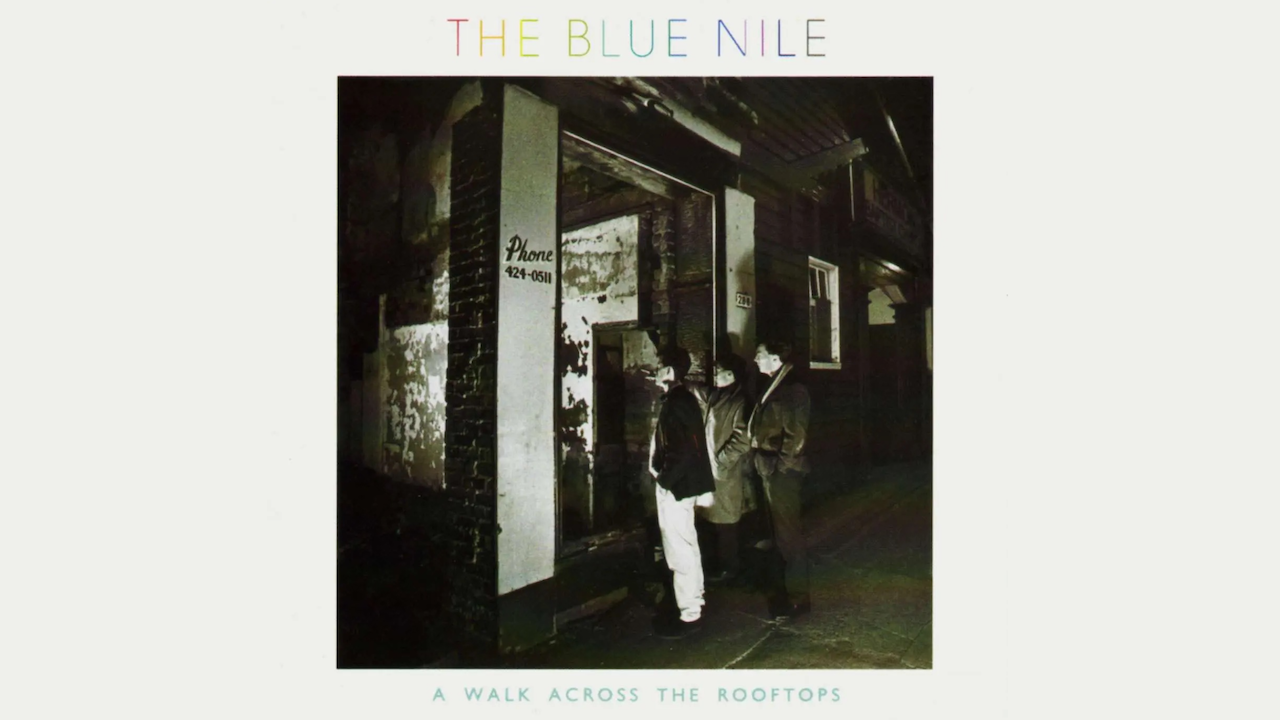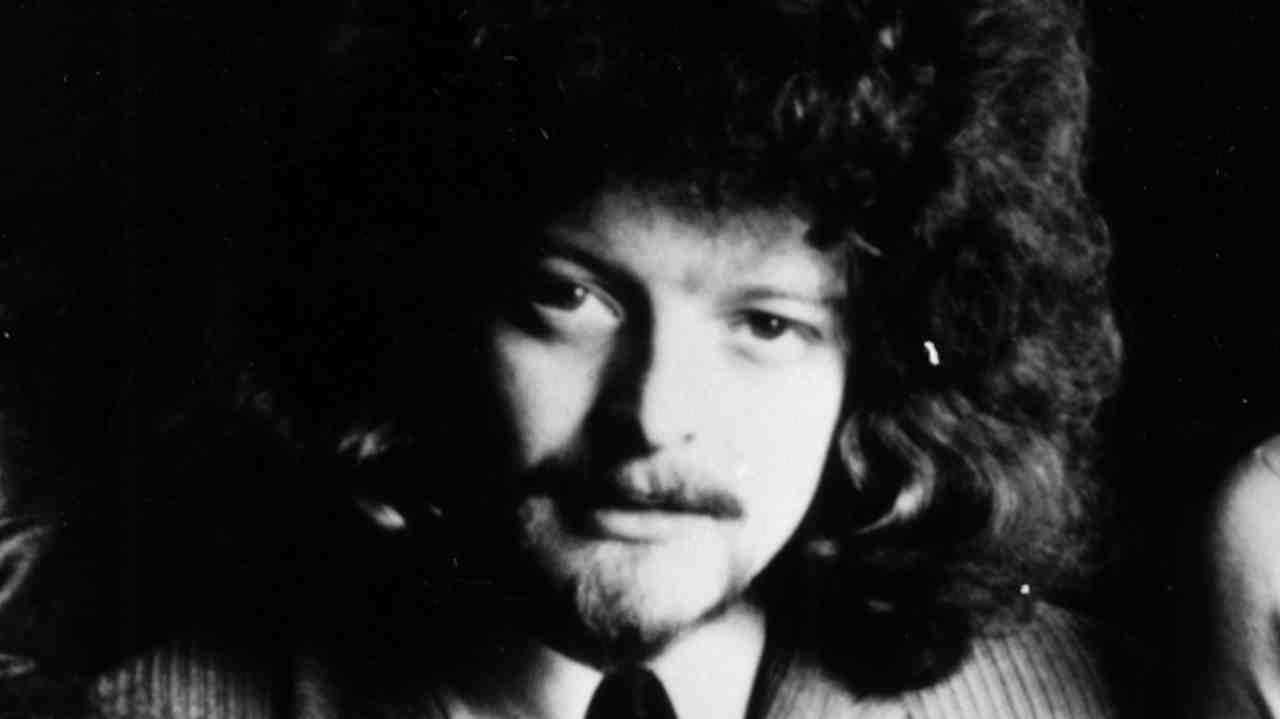
There’s a lot to be said for having very little to work with. When this Glasgow-based trio of Paul Buchanan, PJ Moore and Robert Bell started out in the early 1980s, working on eclectic cover versions of Motown and Beatles numbers, they had little more than an organ, a guitar or two and a basic synth between them. By making a virtue out of necessity they developed a sparse, minimalist style of songwriting that was big on open spaces and ambiguity.
Temperamentally adverse to rhapsodic flourishes, grandstanding solos or any of the usual trappings and affectations of pop and rock at the time, spaciousness and restraint were very much the principles guiding the making of the band’s 1984 debut album, A Walk Across The Rooftops.
Just as the Japanese haiku draws its subject’s very essence through the briefest of phrases and lines, The Blue Nile scraped away any superfluous or unnecessary elements to produce a sequence of just seven songs spanning a little over 37 minutes.
A Walk Across The Rooftops is an album peppered with small events that make a subtle but telling impact on the bigger picture. Anticipating the sepulchral ambience Talk Talk would later explore, the trio, with the aid of drummer Nigel Thomas and recording engineer Calum Malcolm, painstakingly sculpted a distinctive soundworld.
Blending a mixture of naturally derived or synthetically generated small, atmospheric sounds, they created an ambiguous backdrop on the tracks, a kind of shimmering ambient heat-haze from which these lean, almost skeletal songs gradually take shape. For example, album closer Automobile Noise opens with what at first sounds like a car door slamming shut in some deserted, cavernous garage only for it to become the main percussive beat driving the number.
The bleary tendrils of organ notes that bloom and propagate amid the bang and scrapes of metal used on Heatwave bring to mind Robert Wyatt’s cheap Riviera keyboard used on Rock Bottom. There’s a similarly dreamy quality to the blurry swirl of keyboards that hover in the passing landscape of the motorik rush of the band’s first single, Stay.
At the centre of all of this is Paul Buchanan’s voice. Sometimes languorous or emphatic, sometimes animated or stricken with doubt, his soulful vocals are the means by which The Blue Nile move from a cerebral experiment to something that’s profoundly moving and deeply human.
Sign up below to get the latest from Prog, plus exclusive special offers, direct to your inbox!
From Easter Parade’s sepia-toned introspection, complete with tolling church bells buried in the mix as deep as a recovered childhood memory, to his joyous declarations of love during the album’s second single, Tinseltown In The Rain, against a surging string section and shuffling rhythm guitar, Buchanan imparts a sense of hope to many of the settings that evoke dislocation and distance, that sense of being alone in the crowded city.
Awash with exquisite detail and sublime, haunting tunes from the head and heart, A Walk Across The Rooftops is an album that defies easy categorisation.
Sid's feature articles and reviews have appeared in numerous publications including Prog, Classic Rock, Record Collector, Q, Mojo and Uncut. A full-time freelance writer with hundreds of sleevenotes and essays for both indie and major record labels to his credit, his book, In The Court Of King Crimson, an acclaimed biography of King Crimson, was substantially revised and expanded in 2019 to coincide with the band’s 50th Anniversary. Alongside appearances on radio and TV, he has lectured on jazz and progressive music in the UK and Europe.
A resident of Whitley Bay in north-east England, he spends far too much time posting photographs of LPs he's listening to on Twitter and Facebook.

